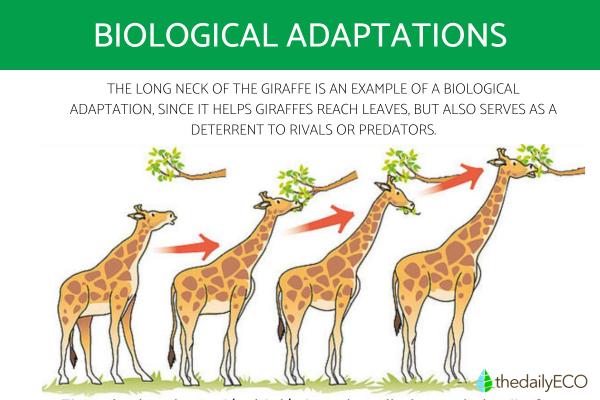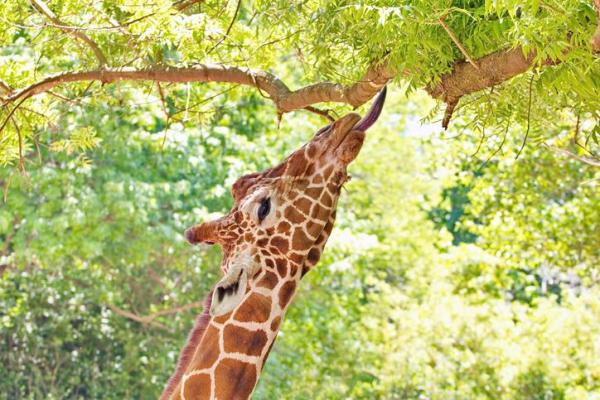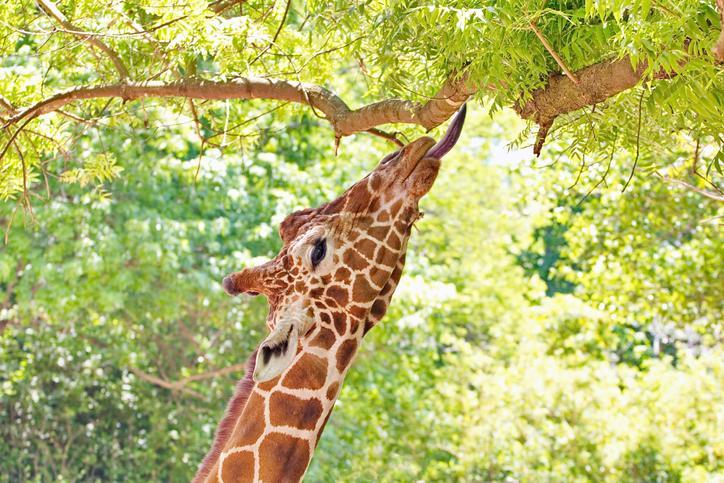Biological Adaptation - Definition, Types and Examples


In biology, we refer to the adaptation of living things or biological adaptation as the process by which living things develop the ability to survive in a different environment. These changes can be morphological, physiological, behavioral, and molecular in nature. In other words, adaptation can occur by changing their strategies and even their physical characteristics to sustain life. Not all adaptations are exclusively positive. For an adaptation to be passed from generation to generation and persist in the population, it must increase reproductive success.
The following thedailyECO article explains everything you need to know about what biological adaptation is, the different types, and examples.
What is biological adaptation?
Adaptation is the driving force of evolution and involves changes at the phenotypic and molecular levels that organisms undergo over time in response to the selective demands of their environment, enabling them to better survive in a changing environment.
In other words, adaptation refers to both gradual adaptation of the species and changes in the species' body or behavior that increase their chances of survival by maximizing a trait already present.
It is well known that adaptation has been discussed since before the 19th century, especially through Lamarck's theory, but this concept was not strengthened until the naturalists Charles Darwin and Alfred Russell Wallace developed the theory of natural selection. Likewise, the concept has been broadened since biological adaptation was limited to changes at the phenotypic level in Darwin's time. Since the beginning of the 20th century and with advances in molecular biology, the concept of adaptation has been extended to changes caused by gene regulation at the molecular level.
According to Wallace, the evolution of organisms was related to the adaptation of organisms to changing environmental conditions. With the development of the theory of natural evolution, Wallace and Darwin went a step further to explain how organisms adapt and evolve. The theory of natural selection assumes that heritable traits allow organisms that possess these traits to be better adapted to the environment than other organisms of the same species that lack this trait.
Living beings can adapt to changes in both abiotic factors (temperature, sunlight, pH, etc.) and biotic factors (new species, extinctions, etc.). This is a very slow process that can take many generations and is irreversible.

Types of biological adaptation
There are three main types of adaptation:
- Structural adaptations: occurs when there is a change in the physical appearance of an organism. Some examples are the development of climbing claws, wings for flying, fins for swimming, or legs with the ability to jump. Structural adaptations allow an organism to increase its chances of survival, thereby increasing the organism's ability to reproduce and pass on adaptations to its offspring.
- Physiological adaptations: this species is similar to the previous one in that it involves a physical change in the species, but in this case it focuses on the internal processes and functioning of the organisms. That is, biochemical and metabolic changes that occur within the cellular structure of an organism in response to environmental stimuli. For example, the development of resistance to disease or toxins, the development of higher intelligence, and the enhancement of the senses.
- Behavioral adaptation: this type of behavior occurs when an organism detects changes in its environment and responds to those changes by altering its behavior. Some examples are changes in vocalizations, courtship, nesting, or mating rituals, and changes in predatory strategy, communication methods, or feeding habits.
You may also be interested in this other article, where we explain the differences between DNA and RNA.
Examples of biological adaptation
Evolutionary adaptation can be seen in our environment in many forms. Below, we mention some of them:
- Mimicry: is the ability of certain living beings to superficially resemble others, with which they lack any taxonomic or evolutionary link. It is a survival mechanism designed to deceive the senses of the animals with which it shares habitat, and induce in them a certain behavior.
- Echolocation: bats use echolocation to move around and find prey insects. They produce sound waves with frequencies higher than human hearing, called ultrasound. The sound waves emitted by bats bounce off objects in their environment and then return to the bats' ears, which are finely tuned to recognize their own unique calls.
- Leafless plants: In desert areas, some plants have no leaves or small, seasonal leaves that grow only after rainfall. The absence of leaves helps reduce water loss during photosynthesis. Leafless plants perform photosynthesis in their green stems.
- Changes in body chemistry: Humans who live at altitudes far below sea level, such as Tibetans, have developed changes in their body chemistry, resulting in improved oxygen utilization without the need for extra hemoglobin.
- Acquisition of traits: characteristics such as the long neck of giraffes has arisen from the intensive and continuous use of this part of the organism. The more the neck is stretched to reach food in the treetops, the more it grows. As a result, they became less competitive in hunting for food, since many other animals do not have access to the top leaves of tall trees.
- Salt glands: marine iguanas are reptiles that returned to the sea for generations. Therefore, their bodies were not initially adapted to the amount of salt they ingested from seawater, which accumulated in their blood and was potentially harmful. Therefore, over the years, their bodies developed a gland in which the salt accumulated and was excreted.
You may also be interested in this other article, where we discuss what parallel evolution is in biology.

Importance of biological adaptation
In biology, adaptation is an important aspect of survival and productivity, as adaptive organisms benefit from genetic mutations that give them a competitive advantage over their species' competitors. Adaptation plays an essential role in the evolution of species, as natural selection guarantees offspring that are best adapted to the environment and its eventual changes, while those that are not are wiped out.
Adaptations increase survival rates for all living organisms over time because each successive generation contains more adaptations. Resources such as shelter, food, and water are better accessible with adaptations. Adaptations also improve survival by providing better protection from predators.
Adaptation is one of the most indispensable mechanisms explaining the diversity of species, as all adaptations help organisms survive in their ecological niche.
You might be interested in this other article, where we discuss what rapid evolution is.
If you want to read similar articles to Biological Adaptation - Definition, Types and Examples, we recommend you visit our Biology category.
- Bock, WJ (1980). The definition and recognition of biological adaptation. American Zoologist , 20 (1), 217-227.
- Luo, L., & Zhang, W. (2014). A review on biological adaptation: with applications in engineering science. Selforganizationology , 1 (1), 23-30.
- National Geographic. (1996-2020). Adaptation. Retrieved from: https://www.nationalgeographic.org/encyclopedia/adaptation/







